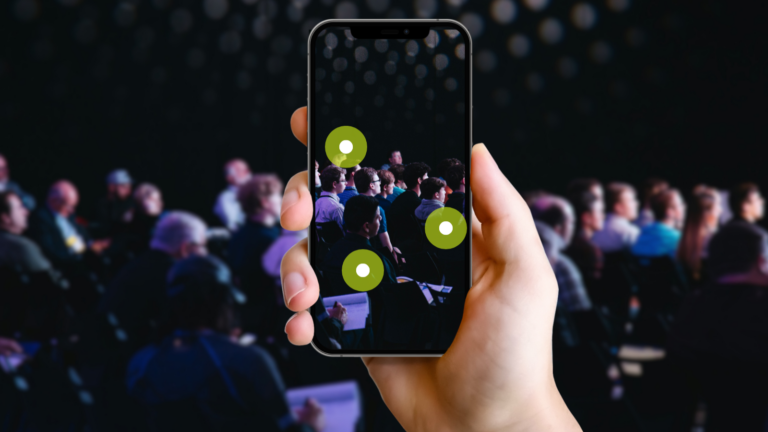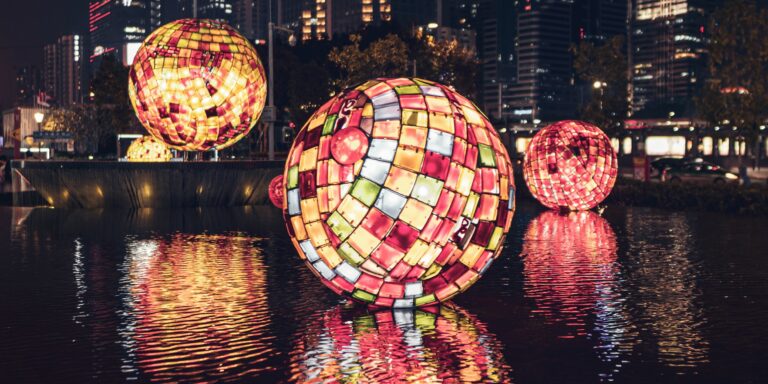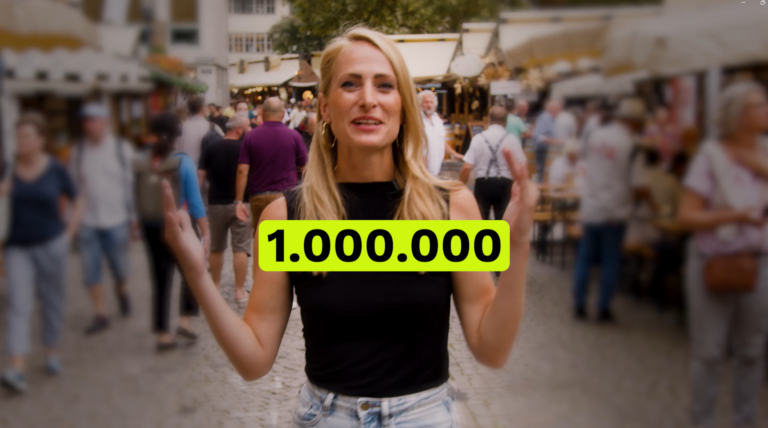At a time when digital fatigue is increasingly becoming a challenge, event apps are facing a balancing act. While more and more organisers are turning to digital solutions to make their events more attractive and interactive, many users are hesitant to accept such offers. But how can you design an event app that is actually used and offers visitors long-term added value?
Between added value and digital detox
Event apps have enormous potential: they offer space for marketing, enable more intensive engagement and create a direct connection between visitors and organisers. Nevertheless, ‘app fatigue’ is becoming increasingly common. Many people who already rely heavily on digital tools in their day-to-day work long for digital breaks in their free time. According to a study, around 15% of Germans regularly take a ‘digital detox’ to escape the constant availability and sensory overload.
The question for event organisers is therefore: how can the added value of an event app be designed in such a way that it is actually used without ignoring the digital needs of the target group?
Tips for a successful event app
A user-centred approach is essential to avoid app fatigue and really engage users. Here are four specific tips on how organisers can make their event apps successful:
- Offer added value instead of flooding:
An event app should not serve as a storage area for random information, but should create real added value. The content should improve and support the visitor’s experience at the event. Instead of unstructured information, successful apps rely on features that make the event more interactive and user-friendly.
One example is the UpVisit app, which was used at the wine village in Stuttgart. In addition to information on the participating winegrowers, the app enabled interactive wine tasting. With taste profiles, explanatory videos and detailed descriptions, it helped visitors to find their way around the offerings and personalise the experience. Such functions not only increase satisfaction, but also promote long-term use. - Platform instead of individual solution:
A ‘one-app-per-event’ solution often leads to frustration – many users do not want to download a new app for every event. Instead, innovative event organisers rely on platform approaches that bundle several events and create a comprehensive user ecosystem.UpVisit offers exactly that: a platform that integrates different events and offers users a central app for various leisure activities. This model not only leads to higher download and usage figures, but also increases visibility for event organisers through a broader audience. The platform approach saves costs, reduces the digital burden and creates sustainable added value for everyone involved.
- Customer first – think user-centred:
An event app should be tailored to the needs of the user. User-friendly navigation, intuitive user guidance and relevant content at the right time are crucial. This requires the customer journey to be well thought out and customised to the needs of visitorsFor example: At what point do visitors need what information? What should they know before the event and what information is most important on site? The entire user experience should be designed in such a way that the app is not only downloaded, but actively and happily used.
- Make the app visible:
Even the best event app is of little use if it is not visible at the event. The promotion of the app begins before the event, for example via newsletters or on social media, to increase anticipation and prepare visitors.
The benefits of the app should be clearly communicated during the event. Elements such as competitions that are only available in the app or interactive functions such as surveys or quizzes that generate FOMO (Fear of Missing Out) motivate participants to use the app. A successful event app is always present wherever the visitors are.
Conclusion: Event apps as a balance between benefits and digital overload
In the age of digital exhaustion, event apps are a balancing act. They need to offer real added value and respect the needs of users instead of becoming an additional burden. Organisers who focus on user-centric design not only create a successful tool for their events, but also achieve their marketing goals in the long term and retain their visitors in the long term.
A well-designed event app is more than just a technical solution – it is the key to a successful event experience.



